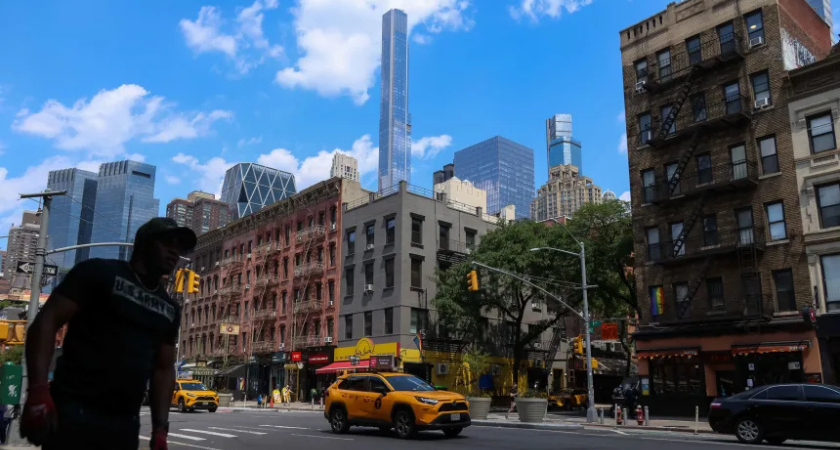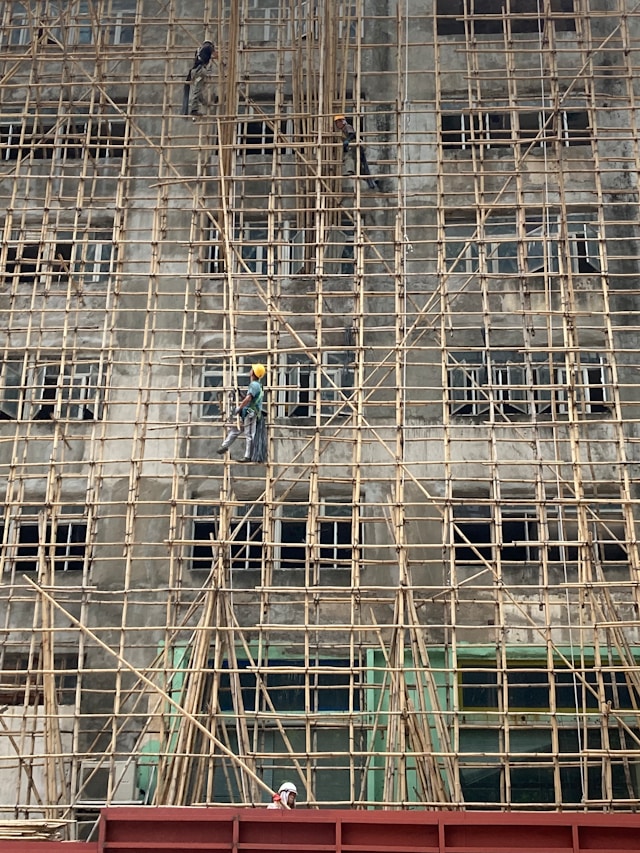
New York City — Voters delivered a resounding mandate on Election Day, approving three sweeping housing measures designed to accelerate affordable housing construction and reshape local land-use decision-making for years to come. The vote marks one of the most ambitious zoning shifts in modern U.S. city planning — and a potential model for other metro areas facing record housing shortages.

While headlines focused on progressive victories in city politics, the most substantial outcome was New Yorkers’ choice to “sidestep their own city council and zoning boards to fast-track the construction of affordable housing, simplify zoning review and create an appeals board to give rejected building projects a second chance.”
These voter-approved amendments aim to bypass long-standing bottlenecks that have slowed development for decades, giving nonprofit builders and mission-driven housing groups greater access to neighborhoods where construction has been blocked by opposition, delays, or complex political dynamics.
New York’s housing emergency continues to intensify. Only 1.4% of apartments are available citywide — one of the lowest vacancy rates in the U.S. Housing costs remain staggering, with price increases spanning all five boroughs and pushing more families to the brink.
Amit Singh Bagga, principal at Public Progress Solutions and the campaign director behind the “Yes on Affordable Housing” initiative, emphasized the severity:
“Only one out of every 100 apartments in New York is currently available for rent. We have a 1.4% vacancy rate. The average three-bedroom apartment to buy now costs $1.8 million — and that’s not just in Manhattan, that’s citywide. Fifty percent of renters and homeowners are cost-burdened… We now shamefully have 154,000 public school kids in our system that are considered homeless.”
Advocates argue that without rapid intervention, the city's working families — from teachers to healthcare staff — will continue to be priced out of their communities.
Bagga said the vote sets precedent:
“New York City has just become the very first city in the nation to pass this type of overhaul to our local land-use and zoning regulations.”
Other states, particularly California, have tried — and failed — to pass similar measures locally. New York voters taking such action directly through ballot initiatives is seen as a landmark moment by housing strategists nationwide.
One of the core changes is diminishing the power of individual council members to single-handedly block projects in their districts — a system known as “member deference.”
As Bagga explained:
“The current system can be far too easily weaponized by small groups of individuals… The political stakes can be very high.”
He said the measures are intended:
“to remove the politics from the equation of having a citywide solution to this very urgent citywide problem.”

These reforms won’t recreate the isolated, government-run public housing of decades past:
“No.… This is not creating huge complexes of public housing at all. This is generally individual buildings and individual projects.”
Most housing will be developed by nonprofits or mission-driven partners, with permanent affordability structured into each project.
Even with this vote, pressure remains enormous.
“For 150 units, they received 55,000 applications… that just gives you a sense of the severity of the crisis.”
The city currently produces only 15,000 to 20,000 new units a year — far short of the 500,000 to 1 million needed.
Housing analysts say other major cities — from Boston to Seattle — are closely watching. The effort mirrors Austin’s reforms, which Bagga noted led to “rents… plummeted by an average of 20%.”
Cities facing similar development roadblocks and public frustration may look to New York’s template for loosening regulations, expanding housing options, and preventing displacement.
City agencies are expected to release implementation timelines in coming weeks, as developers and community planners prepare proposals under the new streamlined rules. Supporters say this vote is not the finish line — but the start of a new era in how America’s largest city builds and zones for its future.
Originally reported by Zachary B. Wolf in CNN News.